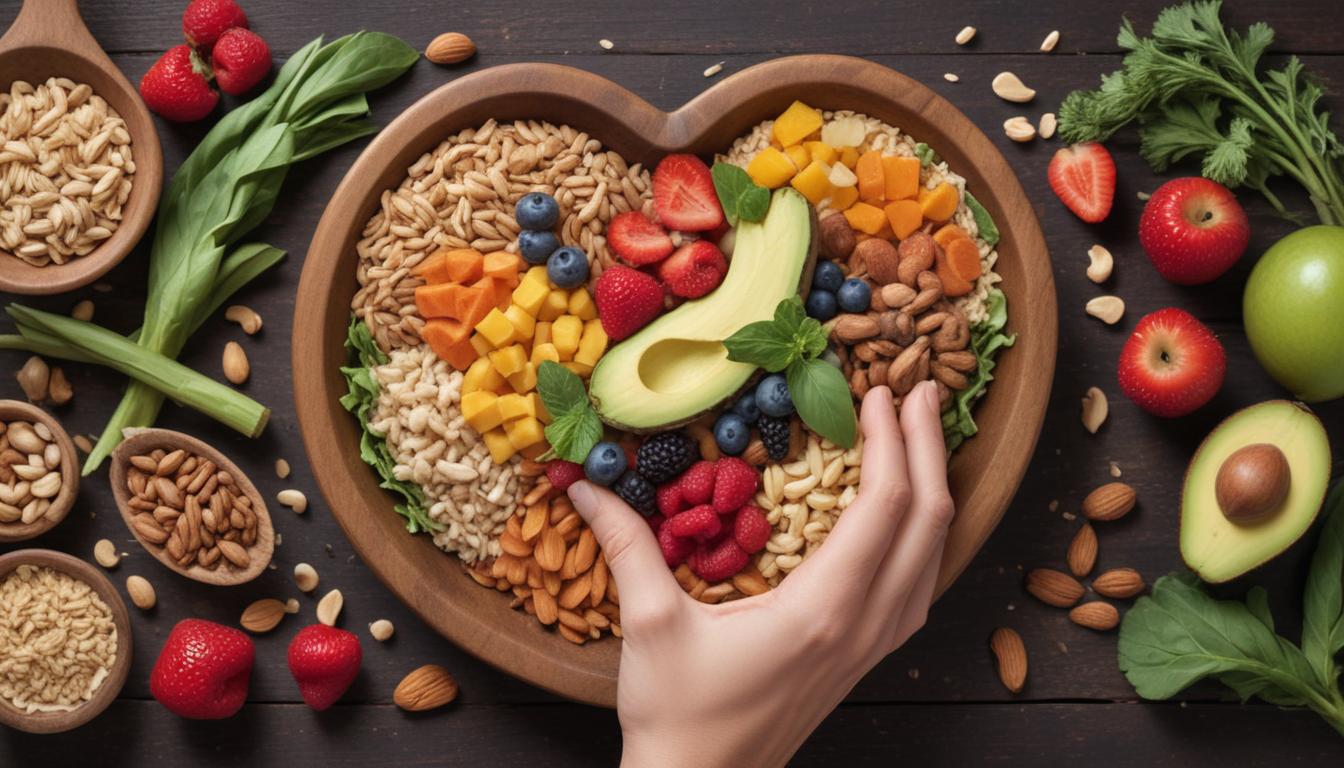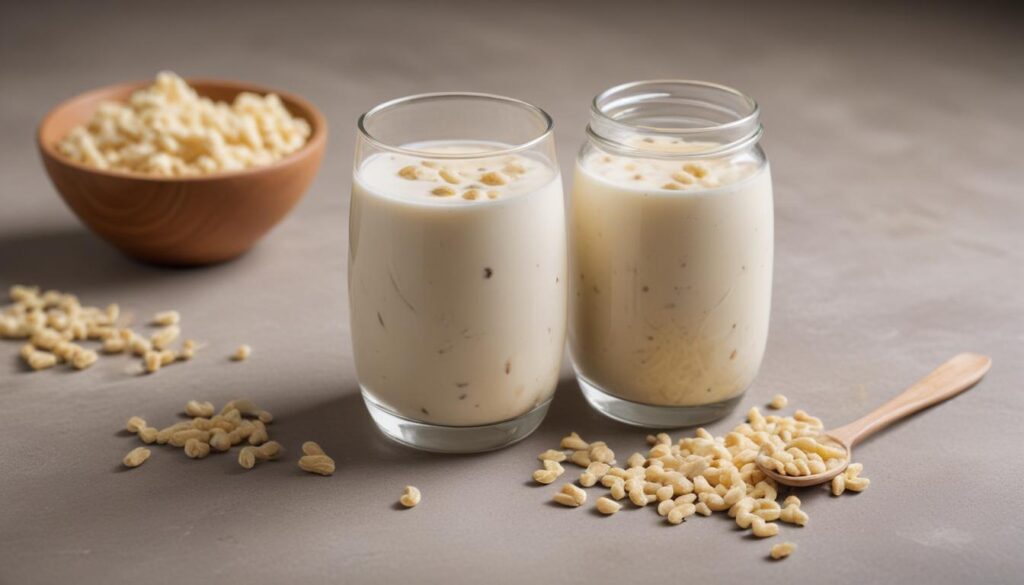Now Reading: Unlock Better Health With Fiber
- 01
Unlock Better Health With Fiber
Unlock Better Health With Fiber

The Unsung Hero of Your Diet The Powerful Benefits of Fiber
Do you often feel bloated, sluggish, or like your digestive system is out of sync? Are you searching for a sustainable way to manage your weight or keep your energy levels stable throughout the day? Many of us struggle with these common issues, often turning to complex diets or expensive supplements for a solution. What if the answer was simpler and already waiting for you in the grocery aisle? The key might just be a powerful, often-overlooked nutrient that is fundamental to our overall well being.
Dietary fiber is the unsung hero of a healthy diet. It’s a type of carbohydrate that your body can’t digest, but its journey through your system provides a cascade of benefits that impact everything from your gut to your heart. Unlike fleeting health trends, the importance of fiber is backed by decades of scientific research. In this guide, we will explore the incredible, whole-body benefits of embracing a fiber-rich diet and show you just how easy it is to incorporate this essential nutrient into your daily meals.
Your Digestive System’s Best Friend
When most people think of fiber, they think of digestive health, and for good reason. Fiber is the single most effective nutrient for promoting regularity and maintaining a healthy gut. It works by adding bulk to your stool, which helps it move smoothly through your digestive tract. This not only prevents the discomfort and strain of constipation but also fosters a healthy, efficient system. A well-functioning digestive tract is the foundation of good health, allowing your body to absorb nutrients effectively and eliminate waste promptly.
Beyond just keeping you regular, fiber plays a crucial role as a prebiotic. This means it acts as food for the trillions of beneficial bacteria living in your gut, collectively known as your gut microbiome. When these good bacteria feast on fiber, they produce compounds called short-chain fatty acids, which have powerful anti-inflammatory effects and help nourish the cells lining your colon. A thriving gut microbiome is linked to a stronger immune system, better mood regulation, and a lower risk of numerous chronic diseases.

More Than Just Regularity The Whole Body Benefits
While a happy gut is a major perk, the advantages of a high-fiber diet extend far beyond digestion. This powerful nutrient works quietly in the background to support some of your body’s most critical systems, influencing everything from your body weight to your long-term heart health.
A Natural Approach to Weight Management
If you’re looking for a natural and sustainable way to manage your weight, fiber is one of your greatest allies. Fiber-rich foods, such as fruits, vegetables, whole grains, and legumes, are inherently more filling. Fiber absorbs water and swells in your stomach, which increases feelings of fullness, or satiety. This helps you feel satisfied with smaller portions and reduces the urge to snack between meals, making it easier to maintain a healthy calorie balance without feeling deprived.
Furthermore, foods high in fiber are often less “calorie-dense,” meaning they provide more volume and nutrients for fewer calories. Compare a cup of broccoli to a handful of potato chips; the broccoli will fill you up more and provide a wealth of vitamins for a fraction of the calories. By focusing on incorporating more high-fiber foods into your diet, you naturally shift your eating patterns toward healthier, more nutrient-rich choices that support a healthy weight over the long term.
Balancing Blood Sugar Levels
Maintaining stable blood sugar is essential for consistent energy and preventing the onset of type 2 diabetes. Fiber, particularly soluble fiber found in oats, beans, and apples, is a superstar in this department. When soluble fiber enters your digestive system, it forms a gel-like substance. This gel slows down the digestion and absorption of carbohydrates, which in turn moderates the release of sugar into your bloodstream.
This slowing effect prevents the sharp spikes and subsequent crashes in blood sugar that can leave you feeling tired, irritable, and craving more sugar. Over time, this improved blood sugar control reduces the strain on your pancreas to produce insulin and significantly lowers your risk of developing insulin resistance and type 2 diabetes. For those who already have diabetes, a high-fiber diet is a cornerstone of effective management.
Easy Ways to Boost Your Fiber Intake
Increasing your fiber intake doesn’t require a drastic diet overhaul. The key is to make small, consistent swaps and additions. Start by choosing whole grains over refined ones; switch from white bread to 100% whole wheat, from white rice to brown rice or quinoa. Instead of drinking fruit juice, eat the whole fruit to get the full fiber benefit. Add a handful of spinach to your eggs, toss a can of chickpeas into your salad, or add lentils to your favorite soup.
As you begin to add more fiber, remember to do so gradually to allow your digestive system time to adapt. A sudden, massive increase can lead to temporary gas and bloating. It is also critical to increase your water intake. Fiber works best when it absorbs water, so be sure to drink plenty of fluids throughout the day to help it do its job effectively. By making these simple changes, you can easily harness the power of fiber and pave the way for better health.



































